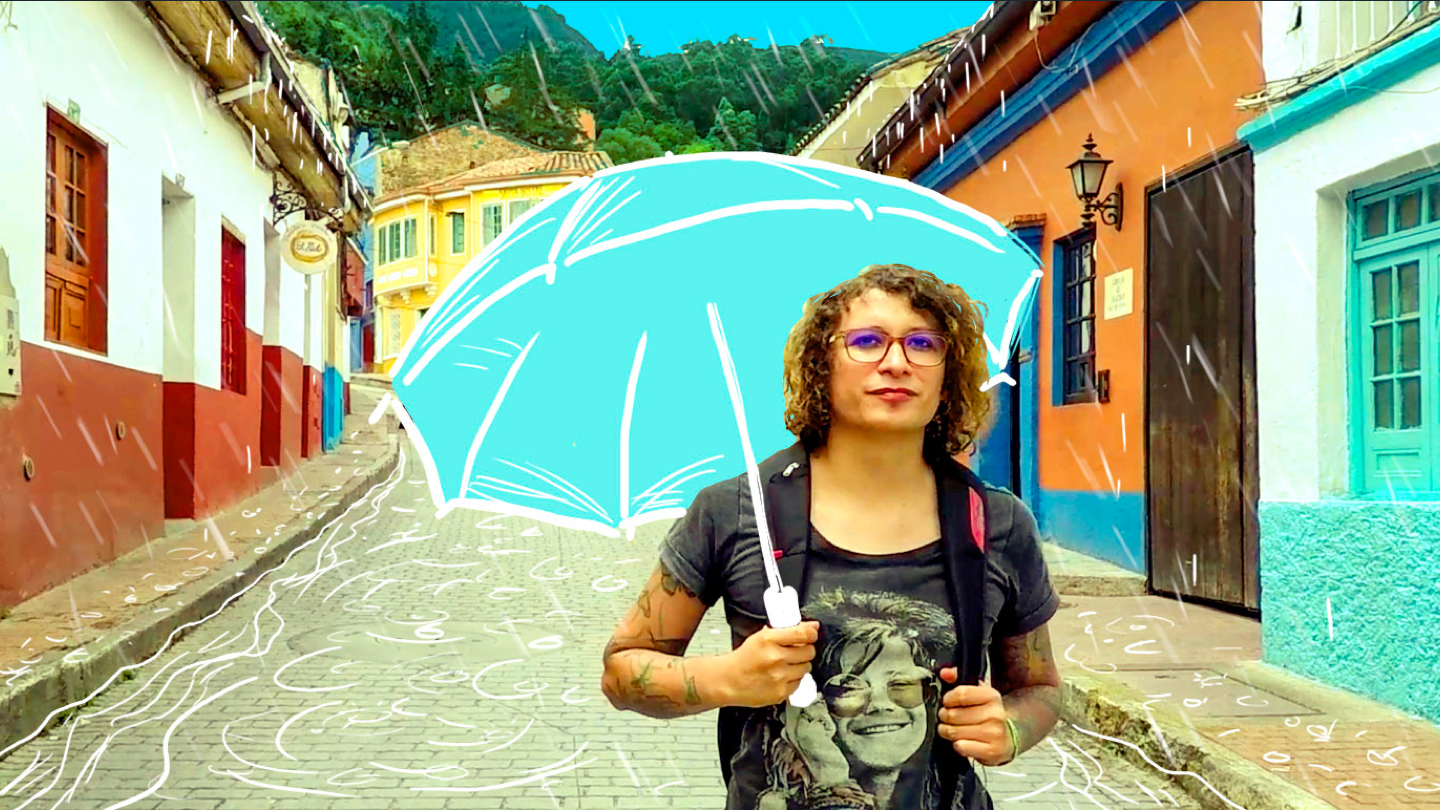Education in Transition
Project funded by the EJC grant program

IN SOUTH AMERICA, TRANSGENDER WOMEN ARE MURDERED AND DEPRIVED OF THEIR RIGHTS AS CITIZENS EVERY SINGLE DAY. BUT A GROWING NUMBER OF THEM ARE TURNING TO EDUCATION AS A FUNDAMENTAL WAY TO TRIGGER CHANGE. THEY ARE KNOCKING DOWN PREJUDICE, ALTERING THEIR COMMUNITIES, AND MAKING THIS MISSION POSSIBLE. THIS IS A CLOSER LOOK AT THEIR STORIES.
”Here I am, the dangerous teacher, the transgender educator who learned to dodge the bullets of hate with the deep footprints of pride and love.
Alanis BelloBogota, Colombia
Despite their teaching expertise and love for education, they are still seen as dangerous and as negative role models for students and society. But each time a trans female educator steps inside a classroom, her bodily presence teaches. It’s an extracurricular activity on gender identity, on how to overcome prejudice and get over hurdles.
They don’t work only in schools; they also instruct outside of them. As informal educators, they teach trans men and women how to empower themselves in a tough, biased world. They also transform their communities. “I feel like the role of being educators and social pedagogues was socially designed for us to change society’s vision on what it believes to be gender identity, sexuality, femininity, and masculinity,” says Colombian Daniela Salamanca Maldonado.
These are their stories.
Stories of Resilience
”I remember when I first showed up at school as a woman. The kids already knew of these changes because I had told them everything, step by step. The moment I left, I felt the most loved and beloved person. The boys applauded, the girls cried. So, I said: “The children are eager. We are the ones who have a problem.”
Blasia Gomez ReinosoCatamarca, Argentina

